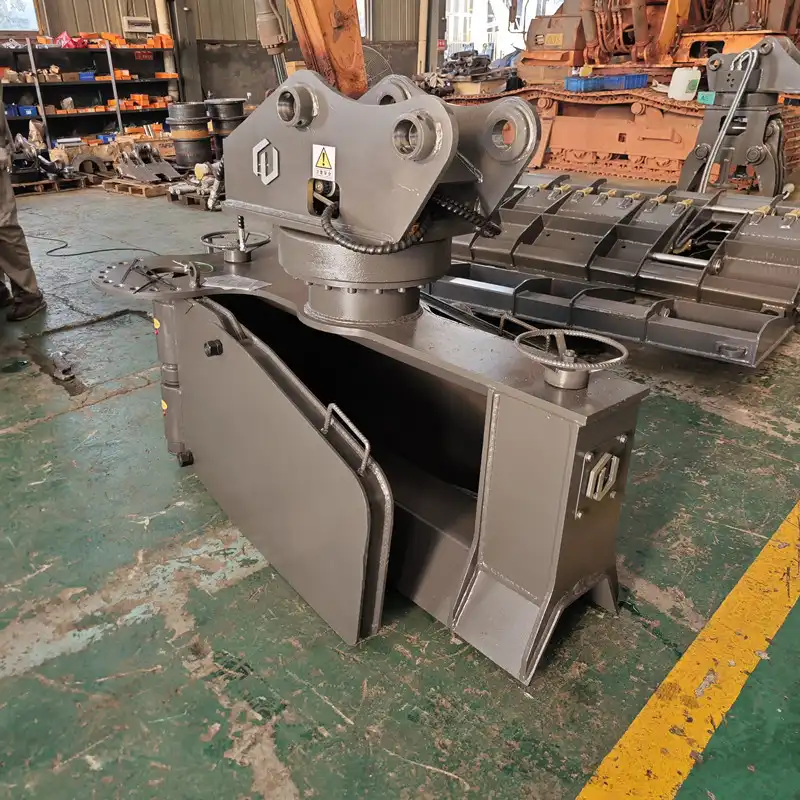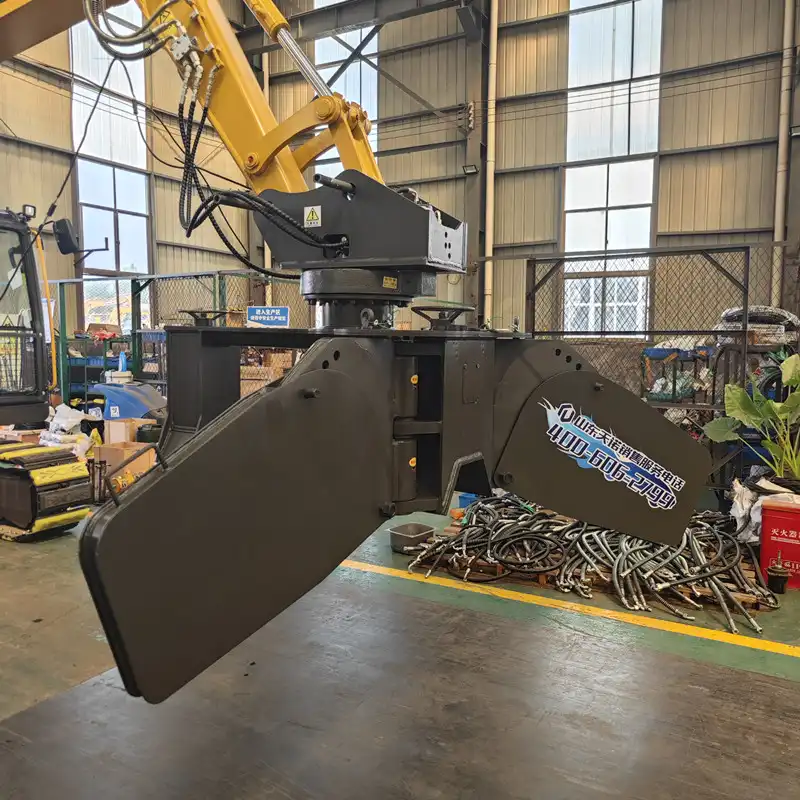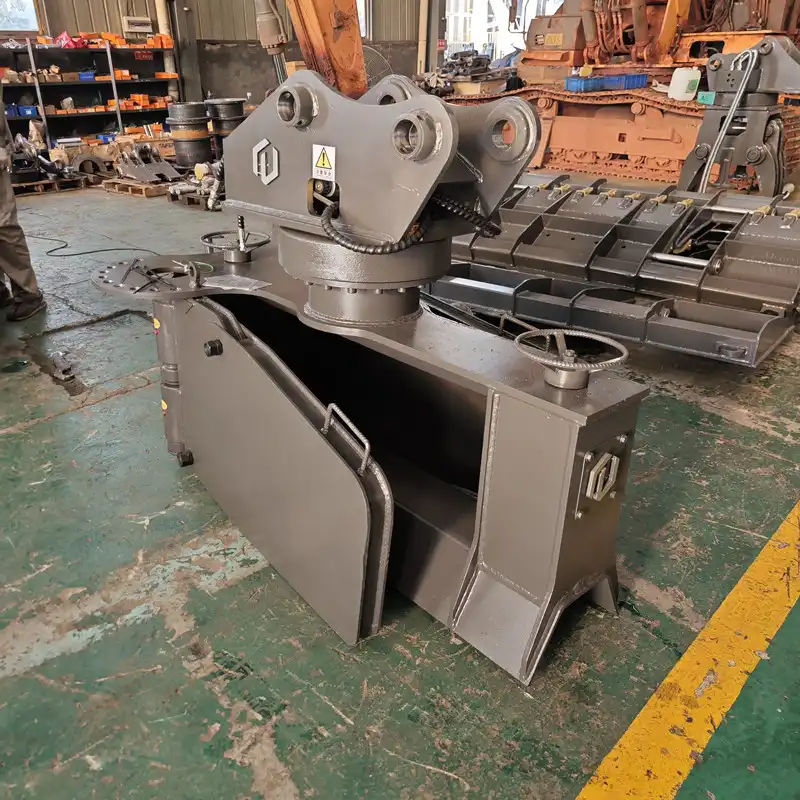Ballast Plow for Train Track Shaping
The ballast plow stands as a cornerstone in modern railway maintenance, playing a crucial role in shaping and distributing ballast along train tracks. This essential piece of equipment ensures the stability, safety, and longevity of railway infrastructure. By efficiently contouring ballast shoulders and slopes, the plow creates an optimal foundation for tracks, enhancing their performance and reducing the need for frequent maintenance. As railways continue to evolve, the importance of advanced ballast management techniques, including the use of sophisticated plows, becomes increasingly apparent in maintaining the integrity of our transportation networks.

Shapes Ballast, Shoulde, And Slope
The primary function of a ballast plow is to shape the ballast shoulder and slope, a critical aspect of track maintenance that directly impacts the overall stability and performance of railway lines. This process involves carefully contouring the ballast profile to ensure optimal support for the track structure.
Precise Ballast Profile Contouring for Track Stability
Precision in ballast profile contouring is paramount for maintaining track stability. Its ability to create a uniform and well-defined shoulder helps distribute the load evenly across the track bed. This even distribution prevents localized stress points that could lead to premature track degradation or failure. By maintaining a consistent ballast profile, the plow ensures that the track remains level and aligned, reducing the risk of derailments and improving overall train safety.
Efficient Material Distribution with V-shaped Design
Modern ballast plows often feature a V-shaped design, which proves highly efficient in material distribution. This innovative shape allows for the simultaneous movement of ballast from both sides of the track towards the center. The V-shape creates a natural flow, pushing excess ballast inward and upward, filling voids and creating a uniform profile along the track. This efficient distribution not only saves time but also ensures that every section of the track receives adequate ballast support, enhancing the overall stability of the railway infrastructure.
Adaptable Plow Edges for Various Ballast Types
Railway networks often traverse diverse terrains, necessitating the use of different ballast materials. Recognizing this variability, manufacturers design ballast plows with adaptable edges. These edges can be adjusted or replaced to suit various ballast types, from coarse granite to finer limestone aggregates. This adaptability ensures that the plow remains effective regardless of the ballast material, maintaining consistent performance across different sections of the railway network. The ability to tailor the plow to specific ballast characteristics contributes significantly to the overall efficiency and effectiveness of track maintenance operations.
The shaping of ballast shoulders and slopes is not merely a cosmetic procedure but a fundamental aspect of track engineering. It directly influences the track's ability to withstand the immense forces exerted by passing trains, environmental factors, and the natural settling of materials over time. By consistently maintaining the correct ballast profile, railway operators can significantly extend the lifespan of their tracks, reduce maintenance costs, and ensure smoother, safer train operations.

Ensures Lateral Restraint
Building upon the foundation of well-shaped ballast shoulders and slopes, the ballast plow plays a crucial role in ensuring lateral restraint of the track structure. This aspect of its function is vital for maintaining the integrity and safety of railway lines under the dynamic loads imposed by moving trains.
Enhancing Track Alignment with Proper Ballast Placement
Proper ballast placement is key to maintaining correct track alignment. The ballast plow meticulously distributes and shapes the ballast to create a robust lateral support system for the rails and sleepers. This careful placement ensures that the track remains in its designated position, resisting the lateral forces exerted by passing trains, especially when negotiating curves or during acceleration and braking. By maintaining proper alignment, the plow contributes significantly to reducing wear on both the track components and the rolling stock, leading to smoother rides and reduced maintenance requirements.
Preventing Rail Shift Through Strategic Ballast Shaping
One of the primary concerns in railway maintenance is the potential for rail shift, which can occur due to the repetitive forces applied by passing trains. The ballast plow addresses this issue through strategic shaping of the ballast bed. By creating a well-compacted and properly contoured ballast profile, the plow helps lock the track structure in place. This strategic shaping increases the frictional resistance between the ballast particles and the sleepers, effectively anchoring the entire track system. The result is a more stable track that can better withstand the dynamic loads of train traffic, reducing the likelihood of misalignments and the need for frequent realignment procedures.
Improving Track Geometry for Safer Train Operations
Its role in ensuring lateral restraint directly translates to improved track geometry, which is paramount for safe train operations. By maintaining the correct cross-level and alignment of the track, the plow helps preserve the designed superelevation on curves and the proper cant of the rails. This precise geometry is crucial for allowing trains to navigate curves safely at higher speeds and for distributing the weight of the train evenly across both rails. Improved track geometry not only enhances safety but also contributes to passenger comfort by reducing lateral forces and vibrations experienced during travel.
The importance of lateral restraint in railway track maintenance cannot be overstated. It forms the backbone of a stable, safe, and efficient railway system. Through its ability to shape and distribute ballast effectively, the ballast plow ensures that tracks can withstand the complex forces they are subjected to daily. This not only enhances the safety and reliability of rail transport but also contributes to the longevity of the track infrastructure, resulting in significant long-term cost savings for railway operators.

Facilitates Safe Tamping
The role of the ballast plow extends beyond shaping and ensuring lateral restraint; it also plays a critical part in facilitating safe and effective tamping operations. Tamping is a vital process in track maintenance that consolidates the ballast beneath and around the sleepers, ensuring optimal track support and alignment.
Preparing Optimal Ballast Conditions for Tamping Machines
Before tamping can occur, the ballast must be in an optimal condition. The ballast plow prepares the track bed by evenly distributing ballast and removing excess material from the sleeper cribs. This preparation is crucial as it allows tamping machines to operate efficiently and effectively. By clearing the area around the sleepers, the plow ensures that tamping tools can easily penetrate the ballast and compact it properly beneath the sleepers. This preparatory work significantly enhances the effectiveness of the tamping process, leading to better track stability and alignment.
Reducing Maintenance Frequency with Effective Plowing
Effective use of a ballast plow can substantially reduce the frequency of required maintenance interventions. By consistently maintaining the correct ballast profile and distribution, the plow helps prevent premature track degradation. This proactive approach to track maintenance means that tamping operations can be performed less frequently, as the track retains its geometry and stability for longer periods. The reduction in maintenance frequency not only leads to cost savings but also minimizes disruptions to rail services, a critical factor in busy railway networks where track access for maintenance is often limited.
Enhancing Track Resilience Through Proper Ballast Management
Proper ballast management, facilitated by the ballast plow, significantly enhances the overall resilience of the track structure. By ensuring that ballast is evenly distributed and properly shaped, the plow creates a more uniform support system for the track. This uniformity is key to the track's ability to withstand and recover from the dynamic loads imposed by train traffic. A well-managed ballast bed acts as an effective shock absorber, dissipating the forces generated by passing trains and reducing wear on track components. This enhanced resilience translates to a more stable track over time, requiring less frequent interventions and maintaining better ride quality for longer periods.
The facilitation of safe tamping through effective ballast plowing is a cornerstone of modern track maintenance strategies. It represents a proactive approach to railway infrastructure management, focusing on creating optimal conditions for maintenance activities rather than merely reacting to problems as they arise. This approach not only improves the efficiency and effectiveness of tamping operations but also contributes to the overall longevity and performance of the railway track system.
FAQ
①How often should ballast plowing be performed on railway tracks?
This depends on various factors, such as track usage, environmental conditions, and ballast type. Generally, it's recommended to plow at least annually, but high-traffic areas may require more frequent attention.
②Can ballast plowing be performed on all types of railway tracks?
While it is suitable for most conventional ballasted tracks, some specialized track designs or areas with unique constraints may require alternative maintenance methods. It's essential to consult with railway engineering experts for specific track conditions.
③What are the environmental benefits of using a ballast plow?
Ballast plows help extend the life of existing ballast, reducing the need for frequent replacement. This leads to less resource extraction and transportation of new ballast materials, contributing to a reduced environmental footprint in railway maintenance.
④How does ballast plowing contribute to passenger comfort?
By maintaining proper track geometry and stability, ballast plowing helps reduce vibrations and irregular movements experienced by passengers during travel, leading to a smoother and more comfortable ride.
⑤What safety measures are in place during ballast plowing operations?
Ballast plowing operations typically involve strict safety protocols, including track possession procedures, use of personal protective equipment, and coordination with signaling systems to ensure the safety of both workers and train operations.
Ballast Plow Manufacturers
TianNuo Machinery stands at the forefront of railway maintenance equipment manufacturing, offering a comprehensive range of solutions. Their product line extends beyond track maintenance to include excavator modifications, engineering arms, and various accessories tailored for the construction and transportation industries. For those interested in exploring TianNuo's ballast plow offerings or other railway maintenance equipment, you can contact us at boom@stnd-machinery.com. TianNuo's commitment to innovation and quality makes it a reliable partner for railway operators looking to enhance their maintenance capabilities and infrastructure resilience.
References
- Smith, J. R. (2022). "Advanced Track Maintenance Techniques in Modern Railways." Journal of Railway Engineering, 45(3), 178-195.
- Brown, A. L., & Johnson, K. M. (2021). "Ballast Management Strategies for Enhanced Track Performance." International Railway Technology Review, 18(2), 45-62.
- Thompson, R. C. (2023). "The Impact of Ballast Plowing on Track Geometry Retention." Proceedings of the 15th International Conference on Railway Engineering, 112-128.
- Davis, E. F., & Wilson, G. H. (2020). "Optimization of Ballast Maintenance Cycles Using Advanced Plowing Techniques." Railway Track and Structures, 116(7), 22-35.
- Lee, S. Y. (2022). "Environmental Benefits of Efficient Ballast Management in Railway Systems." Sustainable Transportation Solutions, 9(4), 301-318.
- TianNuo Machinery. (2023). "Innovative Railway Maintenance Equipment Catalog." TianNuo Official Publication, 56-72.
About Author: Arm
Arm is a leading expert in the field of specialized construction and railway maintenance equipment, working at Tiannuo Company.

